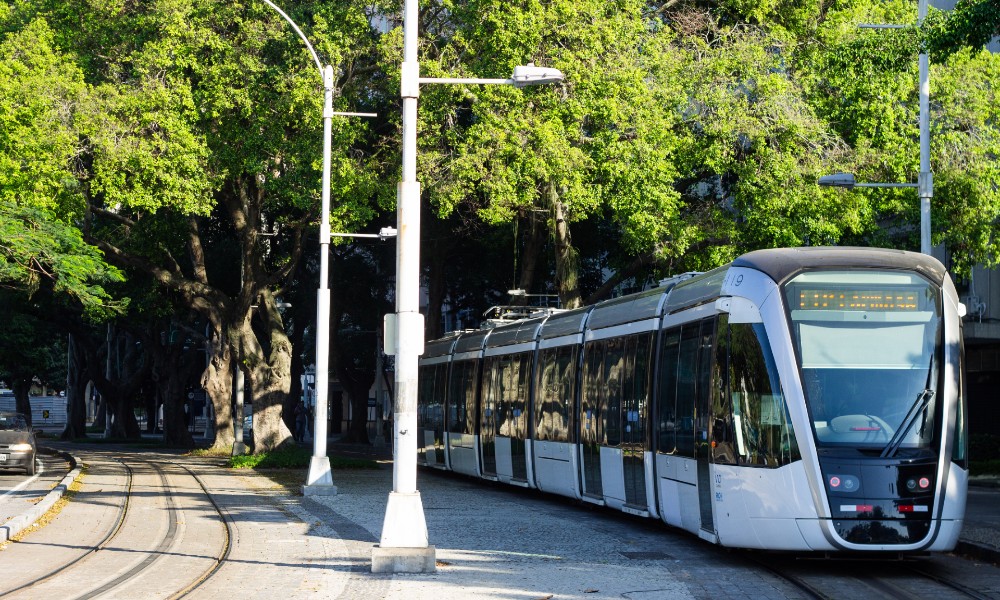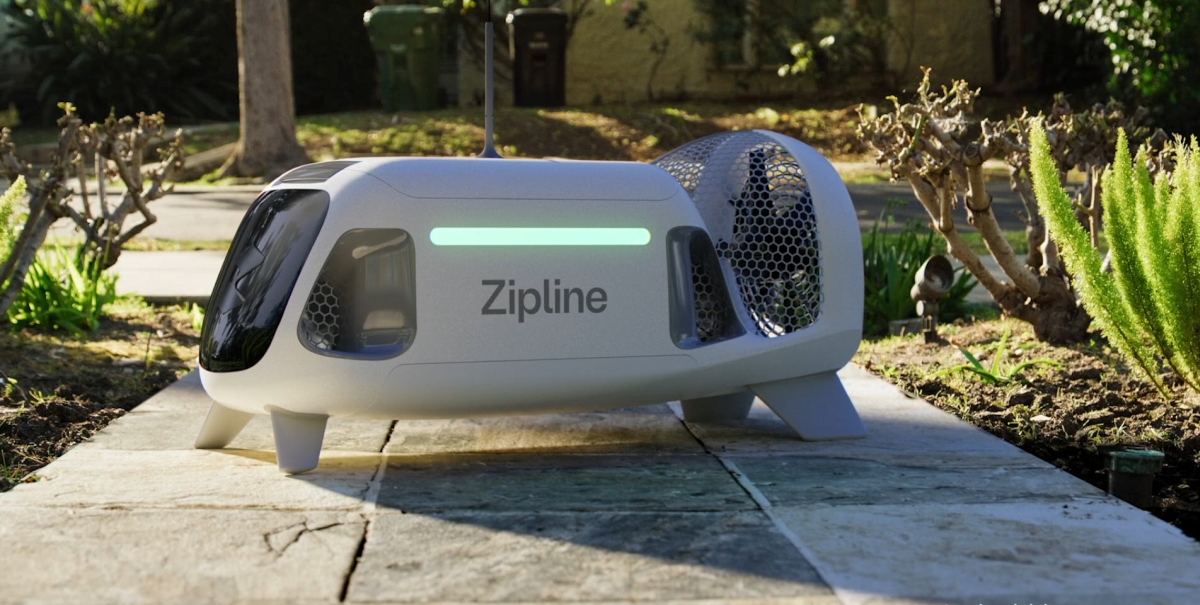
Wireless data transmission systems are being increasingly deployed in industrial and consumer applications, and while the majority of IoT and IIoT networks are terrestrial, transportation and logistics companies who provide service in the world’s most remote areas are turning to geostationary (GEO) satellites in C-, Ku- and Ka-band for direct or backhaul connectivity, and deploying new low earth orbit (LEO) or highly elliptical orbit (HEO) constellations. The growth of satellites for IoT is being driven by new applications, including those which make rail safer and more efficient, despite the deficient coverage of cellular wireless networks.
Satellite operators are investing in satellite-based solutions that can be easily integrated into hybrid networks that combine fiber, wireless networks, and satellite, and are succeeding in the rail industry especially in remote areas where cargo must be shipped across long distances from rural to high populated urban cities, and innovations are ushering in new business models and contributing to much more profitable shipping and logistics solutions.
We caught up with Steven Tompkins, Transport Director, Inmarsat, to learn more about what Rumo SA, Brazil’s largest logistics company, is doing in IIoT. Responsible for managing 14,000km of railway infrastructure across one of the world’s largest and most populated countries, Rumo is responsible for managing the only line connecting the central state of Mato Grosso to the largest port in Latin America, Santos.
“Across Brazil, rail is the most important transportation mode for many industries including agriculture, commodities, forestry and consumer goods,” Tompkins said. “Rumo Rail’s extensive rail network is particularly vital to the livelihood of Brazilians, and if the network is unable to operate efficiently, it can have an acute impact on the economy.”
As most of the track passes through remote areas with unreliable network coverage, train drivers, railway engineers and transport managers were unable to communicate effectively before the transmission network was put in place by Inmarsat. Not only did this create a variety of logistical challenges and cause long delays to timetables, it also meant that railways engineers had no idea when trains were approaching.
“With only a single line of track, trains need to pull off the main track and wait for other trains to pass based on commands that may have been written on paper when the driver set off, possibly days before,” Tompkins said. “This was resulting in slow, inefficient operations and it also posed a serious safety risk to staff and passengers.”
Satellite connectivity ensures data can be transmitted and received from areas with no cellular coverage (black spots) without having to erect costly cellular infrastructure near the track. This system is cost effective and reliable as it is designed to transfer data constantly with no downtime or outages.
Inmarsat worked with partner Cobham for the IoT specific solutions and Globalsat Group for support services to connect trains and people to transport control centers. “When completed, this will vastly improve efficiency of the railway timetable, increasing the speed with which goods can be transported across the country,” Tompkins explained. “As a result, Brazil’s railway operations will become faster, more reliable and safer. This will ensure an efficient and profitable railway network.”
The rail telemetry and communication solution leverages Inmarsat’s Broadband Global Area Network (BGAN) satellite service which is powered by Inmarsat’s L-band network as its connectivity platform. Trusted by governments, militaries and businesses to keep them connected when everything else fails, the BGAN service boasts 99.9 per cent uptime.
Cobham’s EXPLORER 325 BGAN terminals, EXPLORER Mobile Gateways and the PRISM PTT+ service enables existing telemetry data generated by applications on the locomotive to be transmitted in real-time. Transmitting the data across Inmarsat’s satellite network allows accurate, real-time tracking of each vehicle and facilitates vital communication between drivers, maintenance crews and regional control centers. The data from locomotives will be visualized on an application in the control center which depicts the entire rail network and the position of each vehicle, alongside their speed and engine diagnostics.
“The main advantage of this solution is that it can be integrated into any existing VHF/UHF radio networks used by the train to extend their coverage in areas of low connectivity,” Tompkins said. “This means there is no need to rip out the existing system and as the Cobham PTT solution has a ‘least cost routing’, it uses the cheapest reliable connection available in any given area. For example, if cell signal is available it will use this and switch to satellite where required.”
Globalsat Group will deliver onsite warranty, support and repairs, to ensure the ongoing operation of the line. The data from the locomotives will also allow the team to carry out preventative maintenance, ensuring the locomotives are kept in operation for longer so efficiencies are optimized.
“We are currently generating approximately 100MB per month, per locomotive,” Tompkins said, but we are only in the early stages, quipping 300 of Rumo’s cargo trains, connecting the central state of Mato Grosso to Santos,” Tomkins said. (As the project progresses, the intent is to provision 1,600 locomotives with reliable BGAN connectivity).
Globalsat do Brasil was working for several years with Rumo SA to develop an integral system to reduce fuel consumption, maintain high standards of security and improve the cost and efficiency relation. It expects the project to facilitate significant cost reductions across the rail network, with millions per month of savings predicted as a result of fuel optimisation and avoiding unnecessary braking and acceleration. Savings are also likely because Rumo expects to transport more merchandise in less time without needing to invest in new locomotives and wagons.
“We are proud to be working with our trusted partners Globalsat Group and Cobham on this project with Rumo SA,” Tompkins said. “We believe we will accomplish one of the most important goals at Rumo - to unite people and technology through efficiency and sustainability.”
Juhi Fadia is an engineer, analyst, researcher and writer covering advanced and emerging technologies.Edited by
Maurice Nagle





